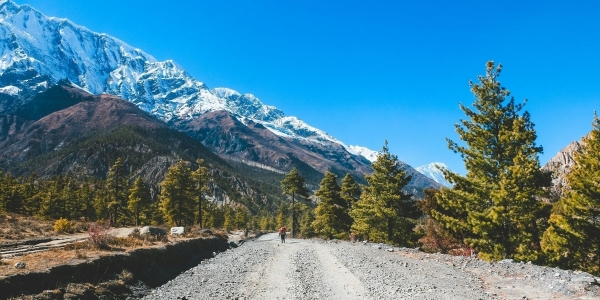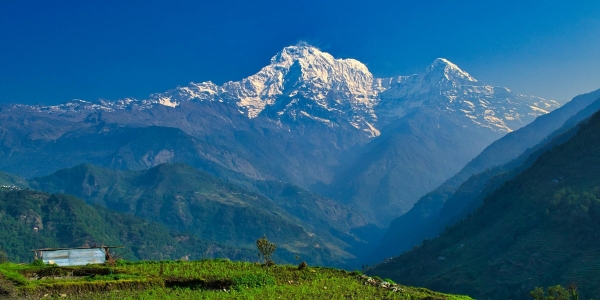Planning a trek in Nepal involves several steps to ensure a safe and enjoyable experience. Here’s a comprehensive guide:
1. Choose Your Trek
Popular Treks in Nepal:
2. Decide the Time of Year
- Autumn (September-November): Best weather and visibility.
- Spring (March-May): Blooming rhododendrons and moderate weather.
- Winter (December-February): Cold, especially at higher altitudes.
- Monsoon (June-August): Rainy and slippery trails.
3. Obtain Necessary Permits
- TIMS (Trekkers' Information Management System) Card: Required for most treks.
- Conservation Area or National Park Permits: Depending on your trek.
- Sagarmatha National Park Permit for EBC.
- Annapurna Conservation Area Permit (ACAP) for Annapurna treks.
- Langtang National Park Permit for Langtang Valley trek.
4. Plan Your Itinerary
- Day-to-Day Schedule: Include acclimatization days for high-altitude treks.
- Accommodation and Meals: Teahouses or camping; ensure availability.
5. Arrange Logistics
- Flights: Book international and domestic flights (e.g., Kathmandu to Lukla for EBC).
- Accommodation: Book hotels in Kathmandu and teahouses along the trail if possible.
- Transportation: Arrange for buses, jeeps, or private transport as needed.
6. Hire Guides and Porters
- Licensed Guide: Enhances safety and local knowledge.
- Porter: Carries heavy loads, allowing you to enjoy the trek more comfortably.
7. Pack Appropriately
- Clothing: Layered clothing for varying temperatures, waterproof gear.
- Footwear: Sturdy trekking boots, well broken in.
- Gear: Sleeping bag, trekking poles, headlamp, first aid kit.
- Essentials: Water purification tablets, snacks, personal hygiene items.
8. Prepare Physically and Mentally
- Training: Build endurance with regular hiking and cardio workouts.
- Acclimatization: Understand the symptoms of altitude sickness and how to prevent it.
9. Health and Safety
- Vaccinations: Ensure you're up-to-date on necessary vaccinations.
- Travel Insurance: Must cover high-altitude trekking and emergency evacuation.
- Emergency Plan: Know the local emergency contacts and procedures.
10. Cultural Considerations
- Respect Local Customs: Learn about local traditions and etiquette.
- Language: Basic Nepali phrases can be very helpful.
Example Itinerary for Everest Base Camp Trek
- Day 1-2: Arrival in Kathmandu, sightseeing, and preparation.
- Day 3: Fly to Lukla (2,860m) and trek to Phakding (2,610m).
- Day 4: Trek to Namche Bazaar (3,440m).
- Day 5: Acclimatization day in Namche Bazaar.
- Day 6: Trek to Tengboche (3,860m).
- Day 7: Trek to Dingboche (4,410m).
- Day 8: Acclimatization day in Dingboche.
- Day 9: Trek to Lobuche (4,910m).
- Day 10: Trek to Gorak Shep (5,140m) and visit Everest Base Camp (5,364m).
- Day 11: Climb Kala Patthar (5,545m) for sunrise views and return to Pheriche (4,371m).
- Day 12-13: Trek back to Namche Bazaar and then to Lukla.
- Day 14: Fly back to Kathmandu.
- Day 15: Departure or extended stay for other activities.
Conclusion
By carefully planning your trek, considering the best time to visit, obtaining necessary permits, and ensuring you have the right gear and support, you can enjoy a memorable and safe trekking experience in Nepal.




